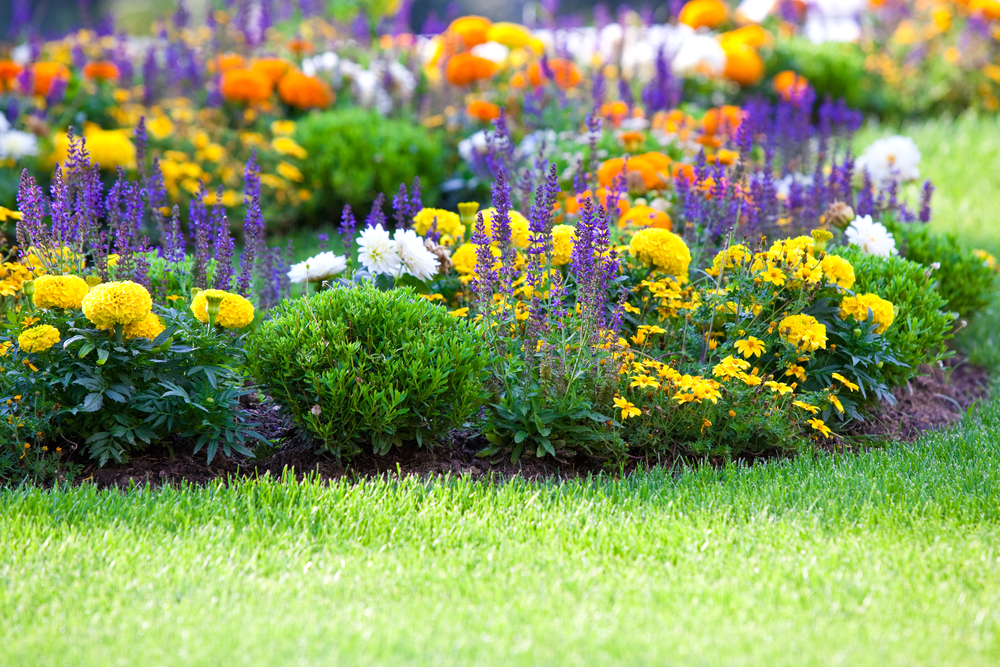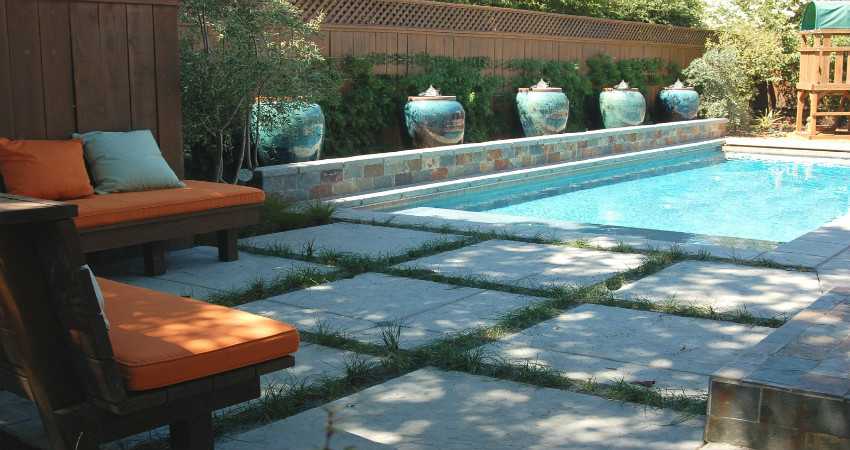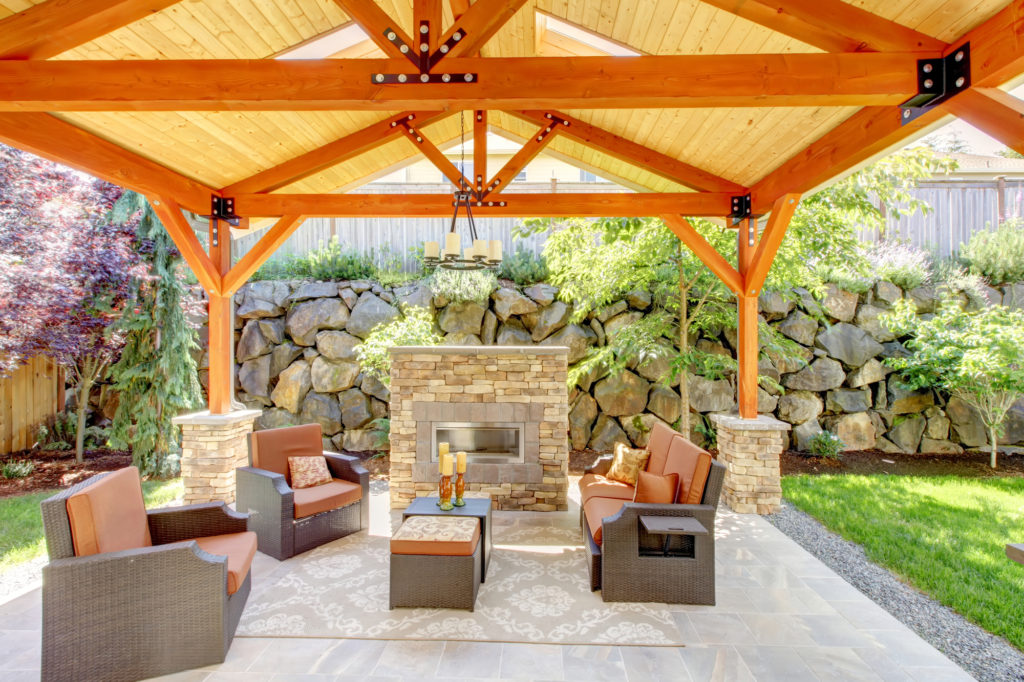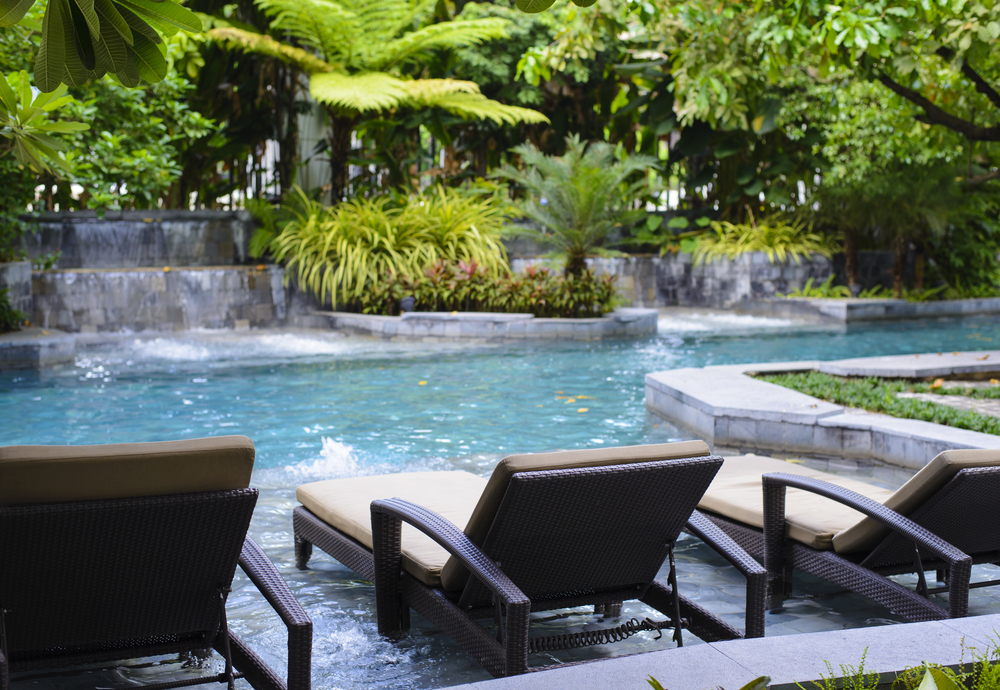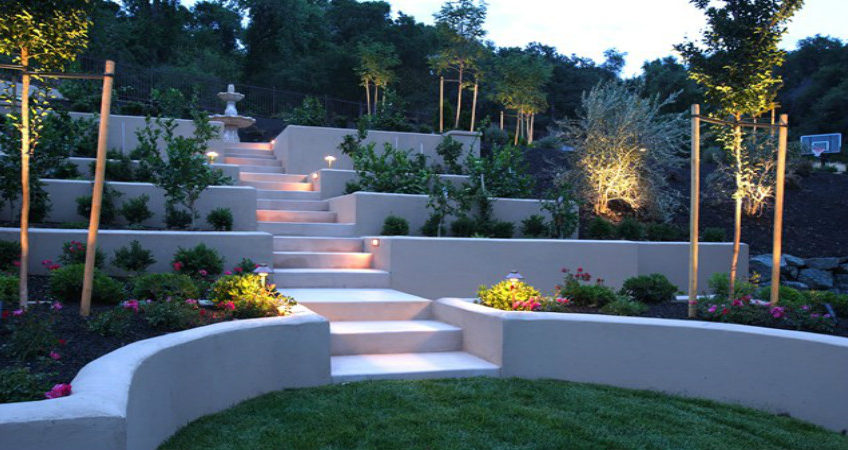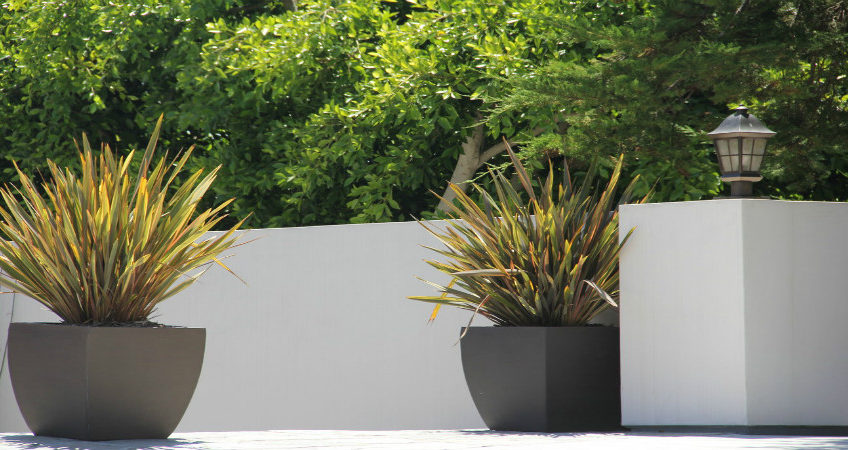Vegetable gardens and landscaping
Turn Your Yard into a Cornucopia
More and more people are choosing to grow food in their homes, with an estimated one in three American households growing their own produce. Edible plants can add color to your garden and fill your pantry without breaking the bank. It’s easier than you might think to design your own edible yard, whether you’re new to gardening or a seasoned expert. Here are some tips on how to revamp your outdoor living space and design a creative garden space that gives back.
Picking the Plants
When starting an edible garden, you may be tempted to pick fruits and vegetables that are family favorites. While there’s nothing wrong with growing your preferred produce, it’s important to keep in mind that not all plants can grow in the same climate zones. Households in warm and arid regions, for example, may have trouble growing plants that guzzle water such as peaches and citrus fruits. Conversely, areas that experience heavy rainfall may not be suitable for herbs and other plants susceptible to root rot. You can consult the USDA Plant Hardiness Zone Map or speak with local gardeners to learn which plants grow best in your area.
Designing the Layout
Whether you live in a small apartment or have acres of space at your disposal, you can start an edible garden in any area that gets plenty of light and access to water unless you’re committed to watering it regularly. You can maximize your space by using pots, hanging baskets, or planter boxes both indoors and outdoors. Many herbs and certain fruits and vegetables can be grown in low light. Whenever possible, though, most plants prefer to live outdoors. If you have the space, you can create an outdoor garden using raised beds to help promote proper drainage. It’s a good idea to mix organic matter into the soil, such as compost or manure, to help plants grow larger and healthier. Some plants, such as tomatoes, also grow better with specialty fertilizers.
Planning Your Calendar
Not all plants can grow year-round, so it’s crucial that you plan out a planting calendar before starting work on your yard. You should research when to sprout different types of plants in your region. When you plant your seeds will also determine when you’re able to harvest your crop.
Growing an edible garden is easier than you might think. By picking the right plants and making proper use of your space, you can create food that’s cheaper and tastier than anything you’ll find in a supermarket. The next time that you redesign your garden, consider adding some color by including your favorite fruits and vegetables.

